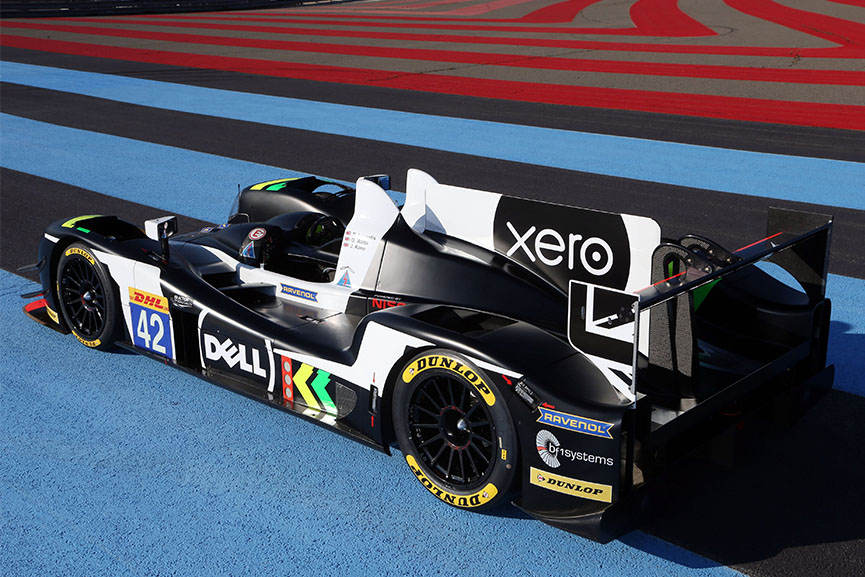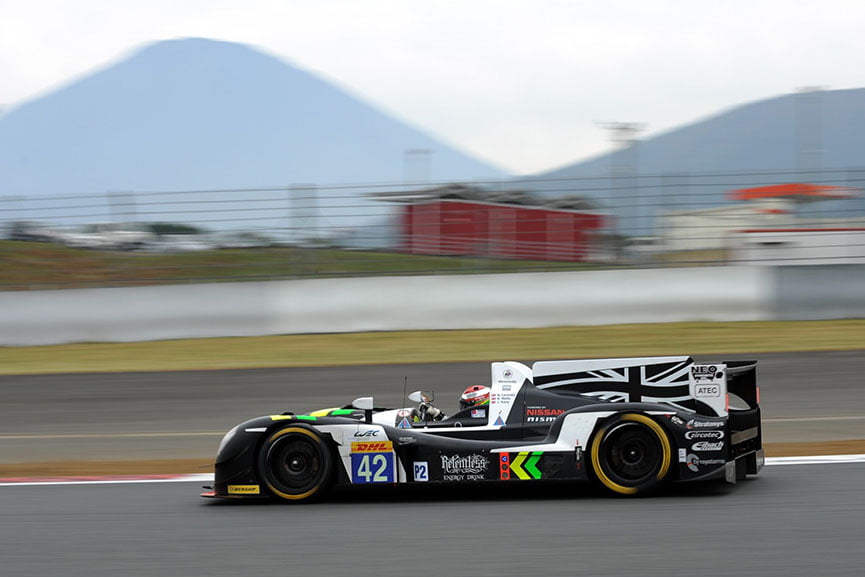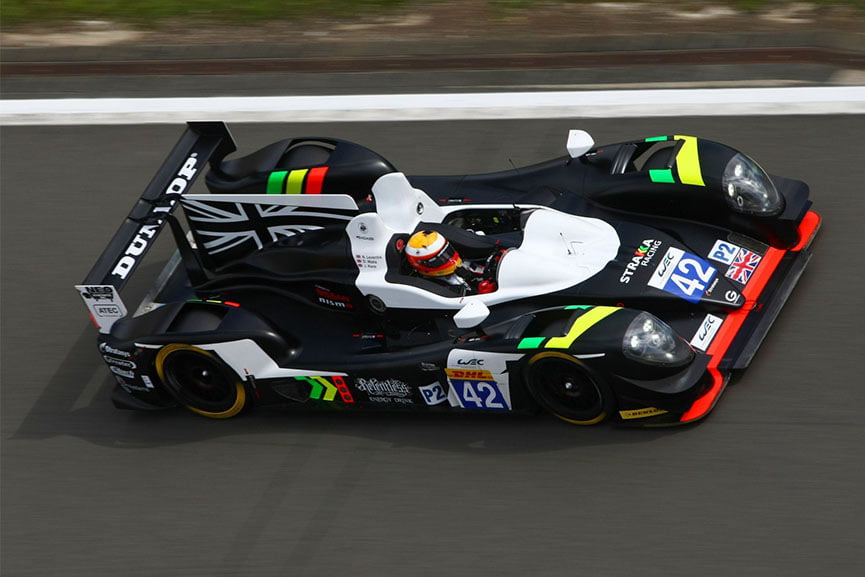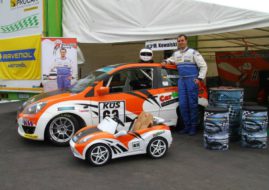Gibson 015S - Peak of an Evolutionary Line
Every great story garners an eventful history amongst its pages. Though still young, the promising future of Gibson 015S has already put the spotlight on its development, and if you’re a motorsport enthusiast, its evolution will be no less interesting. Emerging as a result of different regulation requirements, developments, as well as company changes, Gibson 015S is looking to assume the competitive mantle in the current LMP2 racing environment and maintain it through the imminent regulation changes under the wing of several prominent teams.
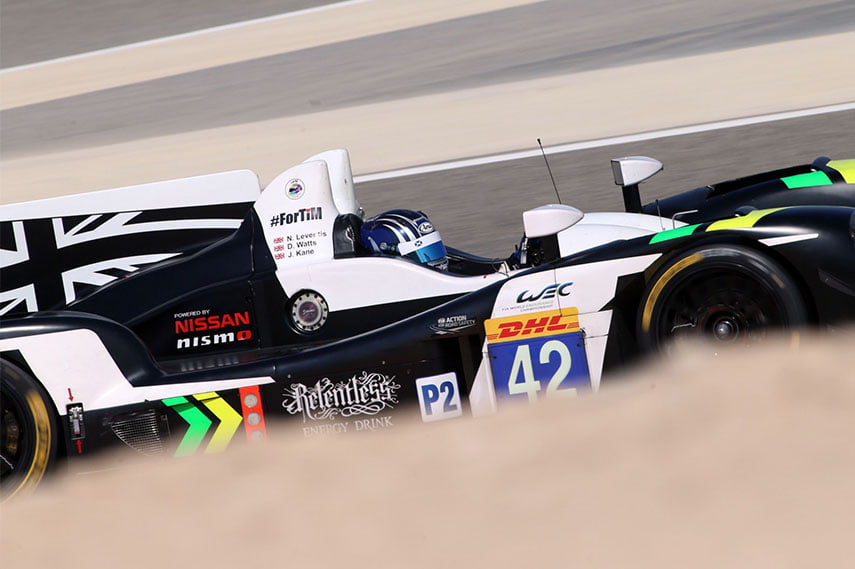
Gibson 015S competes for the top position in the LMP2 racing environment
A child of improvements and changes in regulations
It can be said that the one thing you could count on in the world of motorsport is change, and this very notion is at the core of both the past and the future of Gibson 015S. The car itself represents an evolution of the Z11SN chassis that occurred in 2015, which was, much the same, developed out of Zytek 07S and Zytek 09SC models years before. Paradoxically, it was the constant drive of change in regulations and the necessity for adaptation that led to a stable supply of ideas and technological breakthroughs by today’s Gibson Technology, and at the peak of it stands the Gibson 015S.
Formed as an LMP2 class car, Gibson 015S’s predecessor Z11SN first saw light of day when Ginetta-Zytek GZ09S became obsolete in 2011with the Le Mans Prototype rules being changed in favor of cost reduction and the Zytek 09SC moving to the LMP1 category, there was an empty spot to fill, and former Zytek didn’t fail to deliver.
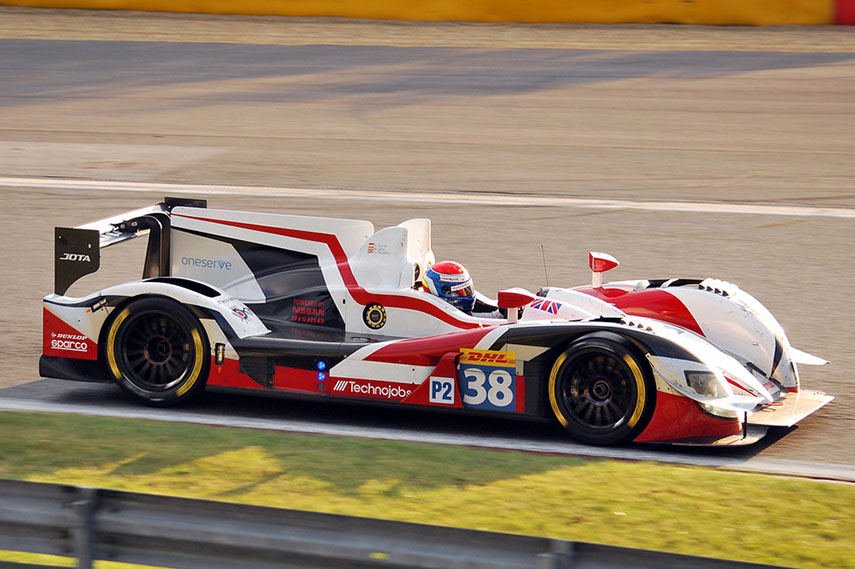
The “family tree” of Gibson 015S stretches far back
Birth of Z11SN
In order to compete in the LMP2 category in the same season, Zytek produced the Z11SN: with a 4.5 liter naturally-aspirated V8 engine, the Nissan GT-R Super GT’s Nissan VK45DE, Z11SN was under LMP2 specifications producing approximately 450 hp (336 kW456 PS). With Gary Chalandon, Karim Ojjeh, and Tom Kimber-Smith behind the wheel, Greaves Motorsport had boldly taken on the newcomer, and was not disappointed. As the only team to enter with the chassis in its debut season, Greaves Motorsport was rewarded with a class victory, while reaching the third overall position at the 6 Hours of Castellet. Claiming the class victory at the 24 Hours of Le Mans, as well as the LMP2 Team’s Championship title in the Le Mans Series, Zytek and Greaves Motorsport set an obvious standard to be followed in the upcoming season.
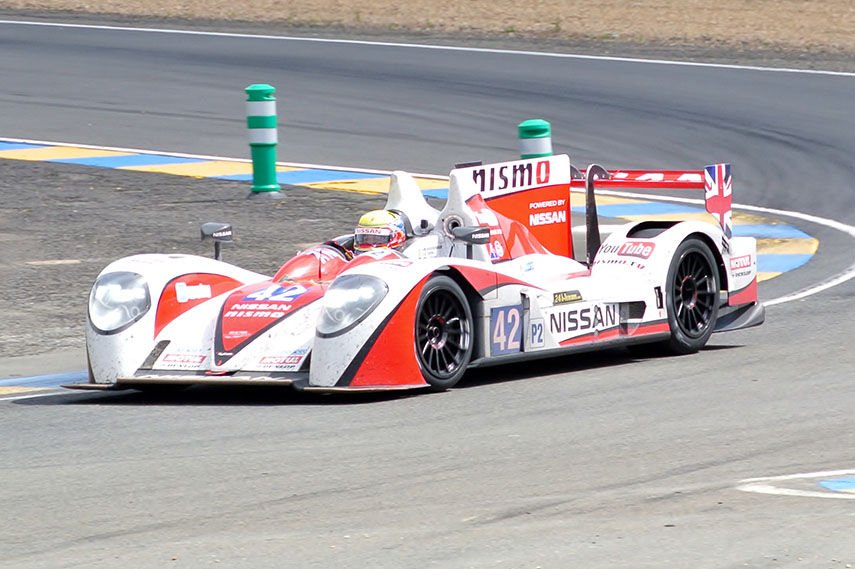
Gibson 015S’ predecessor, Z11SN, took on the racing world by surprise
Balancing the curve
With the end of its first highly successful racing cycle, one Z11SN chassis was replaced by three at the start of the 2012 season. Naturally, Greaves Motorsport had acquired two new chassis, and Jota Sport was quick to carve itself its own piece of the cake, getting a single chassis and entering it in the European Le Mans Series (ELMS) as well as the 24 Hours of Le Mans. Although not as successful as the previous season, the car brought results to both teams: Greaves’ cars managed to finish eighth and fifth in class at 24 Hours of Le Mans as well as finishing third in class at the European Le Mans Series, while Jota Sport finished tenth at ELMS, failing to finish at 24 Hours of Le Mans.
With the car continually proving its potential, more drivers were to steer its wheel in the 2013 as Caterham Motorsport announced their intention to participate in the 24 Hours of Le Mans for the first time. With Tom Kimber-Smith, Alexander Rossi, and Eric Lux as the team’s drivers, Caterham made a joint venture with Greaves Motorsport to enter the competition, with Greaves having an entry of their own in addition to Jota Sport that year. Unsurprisingly, Z11SN had led Jota Sport to a victory at the 6 Hours of Silverstone, and Greaves Motorsport to the fourth place in the LMP2 category.
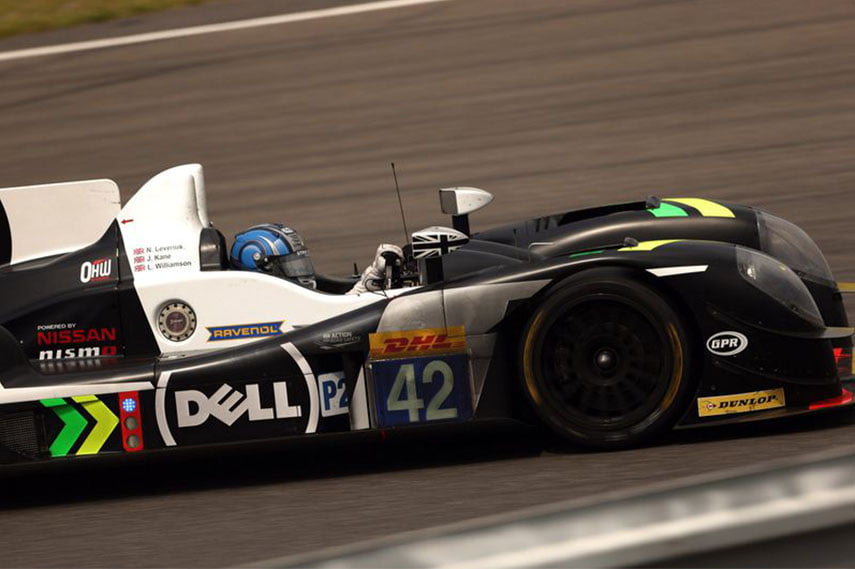
Z11SN sported many of the same parts that today’s Gibson 015S does
Combining the elements into a Gibson 015S chassis
Anything but lacking, the performance results were kept on a high level in the LMP2 category for the season of 2014 as well. Jota Sport was crowned the winner of the LMP2 class at the 24 Hours of Le Mans, and substantial development had been done on the car in this period. It was yet another change that triggered the evolution of the car, and it happened to be an off-track event that hatched a newly named chassis. It was in early 2015 that the title of Gibson 015S would be used, and it followed the purchase of Z11SN producer Zytek by Continental AG, establishing the now known Gibson Technology.
The new Gibson 015S kept a lot of its former elements, which comes as no surprise given the success it portrayed: a Nissan NISMO VK45DE, 4.5L normally aspirated V8 engine, producing an estimated 480 bhpwith a rear-wheel drive, it goes up to 900kg in weight without the driver or fuel. With a setup that is already known to impress, the Gibson 015S clears its way amongst competition in 2016, and faces a new wave of changes in the upcoming season of 2017.
Youtube Video : The insides of Gibson 015S, much the same as its predecessor’s
Yet another slice of adaptation
The Gibson 015S has been performing well in the hands of Gibson’s customers, Greaves Motorsport and Jota Sport, and especially so with the Strakka Racing team in the season of 2016. Having driven the car to the 4th place in the LMP2 class, as well as the 8th overall in the 24 Hours of Le Mans, Strakka Racing achieved the highest result for the prototype in the mentioned race. Powered by RAVENOL as their LMP2 partner, Strakka Racing will, however, be looking for a replacement car for the 2017 season, given the new LMP2 rule changes that will outlaw open-topped prototypes. Regardless, Gibson 015S remains at the top of the “food chain” in this category, one that becomes bigger and more competitive with each passing year.
Youtube Video : What driving a Gibson 015S feels like
Photos: strakkaracing.com, wikimedia.org, ravenol.de, flickr.com.


